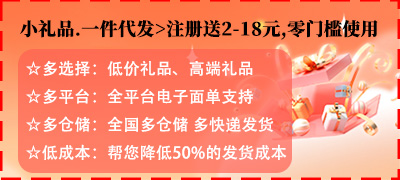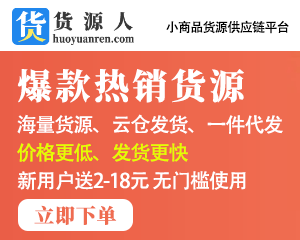服装中单件用量用英语怎么说
服装中单件用量用英语怎么说

In the realm of e-commerce, understanding the nuances of product packaging is crucial for both consumers and businesses alike. One aspect that often gets overlooked is the quantity of single items used in clothing, which can significantly impact the cost and perceived value of a garment. This article aims to delve deep into the topic, exploring the various factors that influence this decision and highlighting the importance of accurate representation in online marketplaces.
The Influence of Design and Style
The first consideration when determining the quantity of single items in clothing is the design and style of the item itself. For instance, a trendy crop top may require fewer pieces than a classic button-down shirt. Similarly, a dress with intricate embroidery may require more fabric to create a detailed pattern, resulting in a higher unit price per piece.
Moreover, the style of the clothing can also influence the number of pieces needed. For example, a maxi skirt might require multiple lengths or cuts to cater to different body types, while a tailored suit might require only one set of pants and jacket.
The Role of Size and Fit
Another factor that affects the quantity of single items in clothing is size and fit. Clothes that are designed for specific body types or sizes may require additional layers or accessories to achieve the desired fit. For example, a pair of high heels may require an extra shoehorn or strap to ensure they fit properly, even if they come in a single size.
Furthermore, clothes that are made from stretchy materials or have adjustable features may require additional pieces to accommodate different wearers" preferences or body changes. For instance, a tank top with built-in bra straps may require two separate pieces to be worn correctly, depending on the wearer"s preference.
The Importance of Packaging
While the above factors are important in determining the quantity of single items in clothing, it is also essential to consider the packaging itself. Properly packaged items can help reduce waste and increase customer satisfaction. For example, a well-designed box or bag that allows customers to easily access their purchases without having to unpack everything can make for a more enjoyable shopping experience.
Moreover, using eco-friendly materials and printing labels that clearly indicate the quantity of each item can also contribute to a positive brand image and encourage customers to buy more.
The Impact of Technology
As technology continues to advance, there are new ways to package and sell clothing that were not possible just a few years ago. For example, some companies are now using digital printing to create custom designs on clothing, allowing for greater flexibility in terms of quantity and style. Additionally, online platforms like Amazon"s FBA (Fulfillment by Amazon) allow sellers to offer a wider range of products at competitive prices, including those that require multiple pieces.
However, these technological advancements also present challenges. For example, ensuring that digitally printed clothing meets the same quality standards as traditionally printed items can be difficult. Additionally, managing inventory and shipping logistics efficiently while still offering a wide range of products can be challenging for small businesses.
Conclusion
In conclusion, the quantity of single items in clothing is influenced by a variety of factors, including design and style, size and fit, packaging, and technology. While it may seem like a minor detail, accurately representing the quantity of each item in online marketplaces is crucial for both consumers and businesses alike. By taking into account these factors and considering the impact of technology, businesses can create a more seamless and enjoyable shopping experience for their customers while minimizing waste and promoting sustainability.
本网站文章未经允许禁止转载,合作/权益/投稿 请联系平台管理员 Email:epebiz@outlook.com













